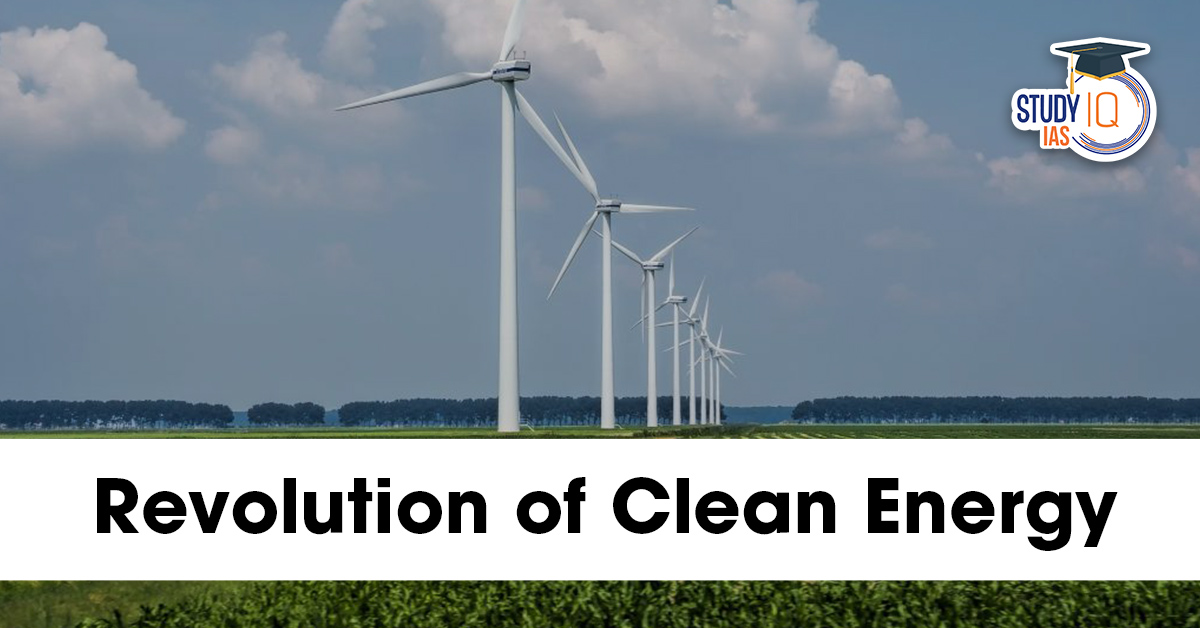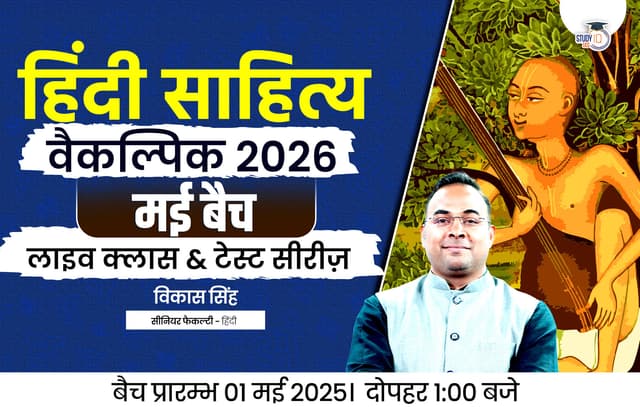Table of Contents
Context: On the occasion of International Mother Earth Day, it is imperative to reaffirm our commitment to transitioning towards a more sustainable economy that supports both humanity and the planet.
Revolution of Clean Energy
The Revolution of Clean Energy is an elementary and surging transformation in the way the world consumes and produces energy, weaning itself off fossil fuels for cleaner and more sustainable forms of energy. With the pressure of mitigating climate change, cleaning up air pollution, and strengthening energy security, this revolution is transforming economies, industries, and daily life.
Current Environmental Status in India
- Environment Pollution Index (EPI) 2024 (Yale University): India ranks 176th out of 180 countries.
- World Air Quality Report 2024 (IQAir, Switzerland): Out of the 100 most polluted cities globally, 74 are in India.
- Energy Policy Institute (University of Chicago): Residents of Delhi/NCR are losing 9 years of life expectancy due to air pollution.
- Despite government rejections, the facts indicate a public health emergency, especially during November-December gas chamber conditions in NCR.
| International Mother Earth Day |
|
Other Key Environmental Issues Beyond Air
Soil
- Almost two-thirds of India’s soils have Soil Organic Carbon (SOC) below 0.5%.
- Optimal SOC should be 5–2% (as per Rattan Lal, World Food Laureate).
Water
- Groundwater depletion (Punjab, Haryana, Rajasthan) has been at over 5 feet per year for the last two decades.
- Increasing contamination due to fertilisers and pesticides.
Biodiversity
- Practices like rice-wheat crop rotation in Punjab-Haryana have severely reduced biodiversity.
These indicate an unsustainable production system, despite increased food output due to scientific advances like the Green Revolution.
Solutions and Way Forward for Clean Energy
Policy Innovations
Introduce Payment for Ecosystem Services (PES) schemes.
- Reward farming practices that align with nature conservation, like:
- Carbon credits for soil and water conservation.
- Incentives for promoting biodiversity.
Repurposing Subsidies
Free power, highly subsidised fertilisers (especially urea), and open-ended procurement of rice and wheat are damaging agri-ecosystems.
- Redirect subsidies directly to farmers’ accounts (Direct Benefit Transfers).
- Deregulate the prices of power and fertilisers.
- Promote pulses and oilseeds cultivation:
- They are nutritious.
- Help fix nitrogen in the soil.
- Save groundwater and improve biodiversity.
Clean Energy and Agrivoltaics
Encourage farmers to treat solar energy as a third crop.
- If discoms buy solar power from farmers at a 10–15% premium over thermal energy generation costs:
- Cleaner energy production.
- Conservation of ecosystem services.
- Higher farmers’ incomes.
- Agrivoltaics could trigger a revolution in clean energy adoption at the farm level.
Conclusion
- India has achieved notable economic growth (GDP growth of 3% p.a.; agriculture growth of 3.5% p.a. from 2000–01 to 2024–25).
- However, sustainability must now be prioritised alongside economic development.
- Balancing growth with nature conservation is crucial to ensure a livable planet for future generations.


 List of National Parks in India 2025, Ch...
List of National Parks in India 2025, Ch...
 Bone Collector Caterpillar Wears the Bod...
Bone Collector Caterpillar Wears the Bod...
 Mahuadanr Wolf Sanctuary: India’s Firs...
Mahuadanr Wolf Sanctuary: India’s Firs...





















